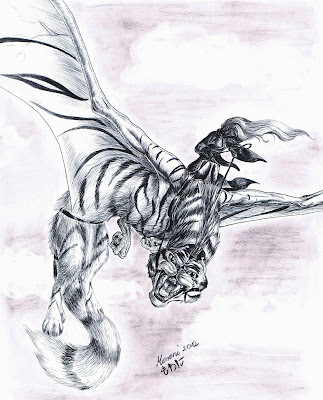What do you think?
Rate this book


258 pages, Mass Market Paperback
First published January 1, 1966


”He sang of Durholde of Hallan who set free the prisoners of Korhalt, in the days of the Red Lord, by the marshes of Born; and when he had sung the lineage of every warrior in that battle and every stroke he struck, he sang straight on the freeing of the Tolenfolk and the burning of Plenot Tower, of the Wanderer’s torch blazing through a rain of arrows, of the great stroke struck by Mogien Halla’s heir, the lance cast across the wind finding its mark like the unerring lance of Hendin in the days of old. Rocannon sat drunk and contented, riding the river of song, feeling himself now wholly committed, sealed by his shed of blood to this world to which he had come a stranger across the gulfs of night.”
The little Name-Eaters, the Kiemhrir, these are in old songs we sing from mind to mind, but not the Winged Ones. The friends, but not the enemies. The sunlight, not the dark. And I am companion of Olhor [the Wanderer, nickname for Rocannon] who goes southward into the legends, bearing no sword. I ride with Olhor, who seeks to hear his enemy's voice, who has traveled through the great dark, who has seen the World hang like a blue jewel in the darkness. I am only a half-person. I cannot go farther than the hills. I cannot go into the high places with you, Olhor!This book is a strange mixture of fantasy and science fiction, but always with its foot on the ground. As one reads it, one gets a sense of place crowded with many cultures. Some of the characters may be a little stereotyped, but it was, after all, her first novel.